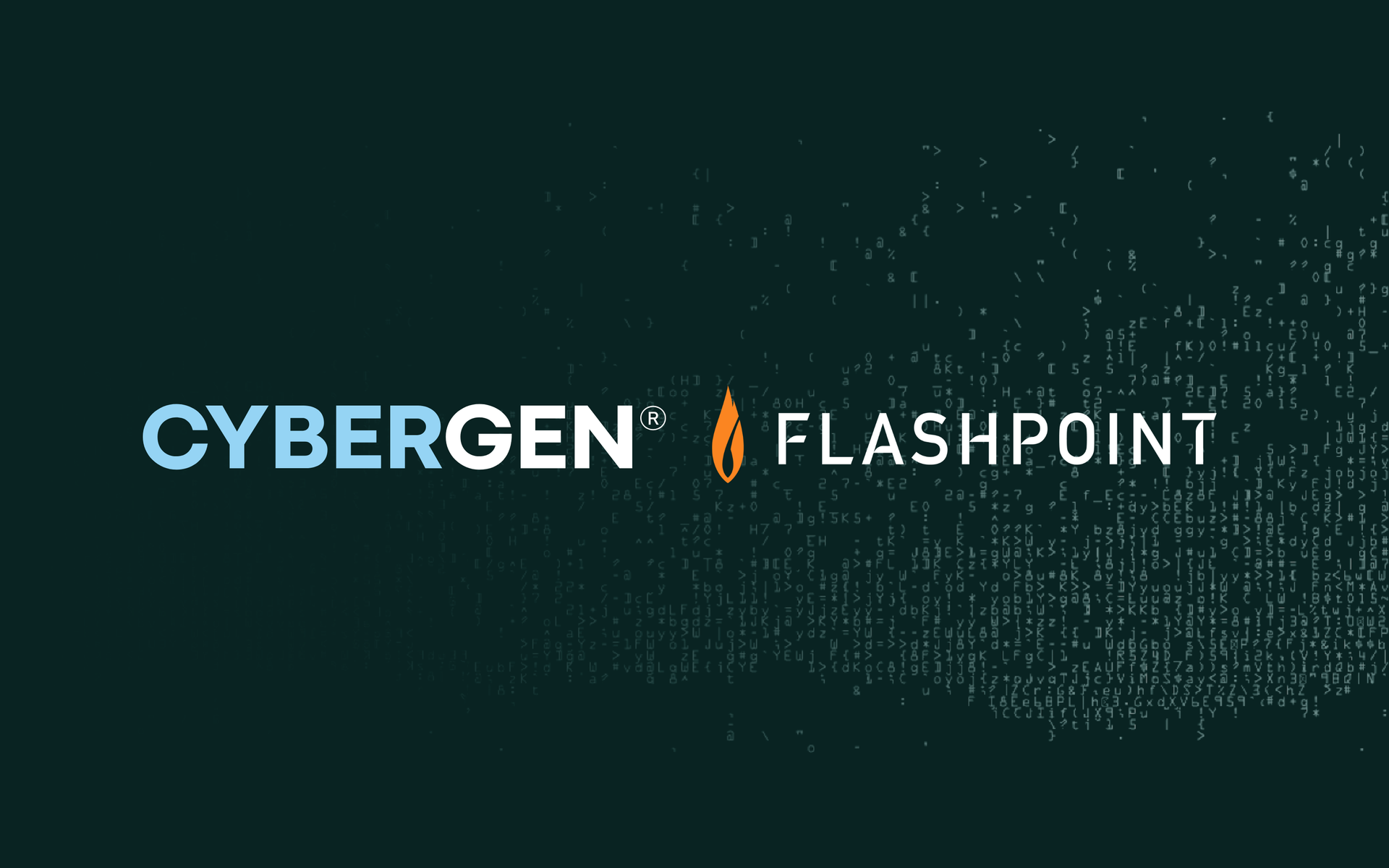PenTestGPT and the Future of AI Red Teaming
Introduction
Red teaming has long played a pivotal role in cybersecurity, offering a proactive method of identifying weaknesses before adversaries can exploit them. Unlike traditional security testing, which often relies on checklists and known vulnerabilities, red teaming simulates real-world attacks in order to probe systems, processes, and personnel from the perspective of a would-be attacker. This adversarial approach is instrumental in revealing gaps in detection, response, and resilience that more routine assessments might overlook.
In today’s rapidly shifting threat landscape, the scale and sophistication of attacks have increased, leaving defenders in a constant race to anticipate and adapt. Offensive security testing is no longer a luxury but a necessity for organisations that wish to remain one step ahead of their adversaries. The demand for more dynamic, intelligent, and adaptive red teaming strategies has led to the exploration of AI-driven tools that can enhance both the scope and depth of testing activities.
One of the most notable innovations in this space is PenTestGPT. Built on large language model architectures, PenTestGPT introduces a novel paradigm in red teaming. Rather than simply automating predefined exploits, it mimics the decision-making process of human attackers, generating bespoke attack paths and adapting in real time to the environment it is analysing. This blend of natural language processing and cybersecurity expertise marks a significant shift in how organisations can model threats and test their resilience.
What is PenTestGPT?
How AI Simulates Red Teaming
At the heart of AI-driven red teaming is the application of natural language processing to simulate an attacker’s planning and execution process. PenTestGPT exemplifies this approach by interpreting prompts as attack objectives and generating strategies that align with known adversarial behaviours. For example, when tasked with conducting reconnaissance, the model might suggest querying public WHOIS databases, examining social media profiles for insider information, or exploring GitHub repositories for exposed credentials. These are not simply regurgitations of known techniques but adaptive strategies contextualised to the scenario at hand.
One of the most powerful aspects of PenTestGPT’s simulation capability lies in its handling of social engineering and phishing. By generating realistic and targeted phishing emails, complete with plausible language and formatting, the model can test an organisation’s susceptibility to manipulation in a controlled and ethical environment. It can also generate pretext scenarios, craft conversation scripts, and simulate voice or text interactions, providing a comprehensive picture of how human factors may contribute to a successful breach.
System probing is another area where AI excels. PenTestGPT can suggest enumeration commands, analyse the implications of exposed ports or services, and propose lateral movement tactics within internal networks. By chaining these actions together, the AI can simulate the progression of an attack from initial access to privilege escalation and data exfiltration. Importantly, these simulations are dynamic and capable of reacting to hypothetical outcomes, which enhances their realism and utility.
Integration with existing security tools and platforms further enhances the efficacy of AI red teaming. For instance, PenTestGPT can be paired with vulnerability scanners to interpret scan results and prioritise them based on exploitability. It can also ingest outputs from SIEM or EDR systems to simulate how an attacker might evade detection or leverage misconfigurations. By working alongside traditional tools, AI-driven red teaming does not replace human expertise but augments it, enabling richer and more nuanced threat simulations.
As AI continues to advance, its role in simulating complex, multi-vector attacks will only become more significant. PenTestGPT stands at the forefront of this evolution, offering organisations a powerful new means of testing and improving their security posture against increasingly sophisticated threats.
Prompt Design for Red Teaming
The effectiveness of PenTestGPT as a red teaming tool hinges largely on the quality and precision of the prompts it receives. Just as a skilled red teamer must be given clear objectives and boundaries, PenTestGPT requires well-crafted prompts that provide sufficient context to generate meaningful responses. Prompt engineering, therefore, becomes a critical discipline in harnessing the full potential of AI-assisted red teaming.
During the reconnaissance phase, prompts should aim to elicit detailed information gathering strategies. For example, a prompt such as “Simulate OSINT gathering for a fintech company” encourages the AI to consider sources like company websites, press releases, domain records, and employee social media profiles. In response, PenTestGPT might outline a plan that includes identifying key personnel through LinkedIn, reviewing financial disclosures for infrastructure clues, and using Google dorking to uncover exposed directories. The AI’s ability to generate a cohesive, multi-pronged approach mirrors the investigative work of a real attacker.
In the exploitation phase, prompts become more technical. A request like “Generate a payload for a vulnerable web form” would lead PenTestGPT to ask clarifying questions or make assumptions about the backend technologies involved. Based on this context, it might produce an SQL injection payload targeting specific parameters or suggest a cross-site scripting vector designed to bypass filters. The strength of the AI lies in its ability to adapt these techniques based on the scenario, rather than relying on static signatures or canned exploits.
Post-exploitation prompts guide the AI to simulate actions taken after gaining initial access. For instance, a prompt that asks, “Enumerate lateral movement opportunities on a Windows domain” would result in a detailed analysis of trust relationships, shared folders, and privilege escalation tactics. PenTestGPT might describe using tools like BloodHound to map Active Directory relationships, or propose exploiting weak service configurations to impersonate privileged accounts. This level of detail and strategic insight makes the AI an invaluable partner for exploring how an attacker might pivot within an environment.
Effective prompt design also includes specifying constraints, such as maintaining stealth, avoiding irreversible actions, or targeting particular systems. These parameters help shape the AI’s responses and ensure that simulations remain aligned with ethical and operational guidelines. The ability to iterate on prompts, refine outputs, and explore alternative approaches allows red teams to conduct richer and more informative assessments.
Ultimately, prompt design serves as the bridge between human intent and machine execution. By mastering this skill, security practitioners can leverage PenTestGPT not merely as a tool, but as a creative and adaptive extension of their own strategic thinking.
Ethical and Security Considerations
The introduction of AI into red teaming brings significant ethical and security considerations that must be addressed to ensure responsible usage. One of the primary concerns is the potential misuse of tools like PenTestGPT. In the wrong hands, an AI capable of generating realistic attack scenarios and phishing content could be weaponised to facilitate cybercrime. Safeguards must therefore be in place to limit access to authorised personnel and ensure that usage adheres to legal and ethical frameworks.
Access control is only one part of the solution. Organisations must also implement audit mechanisms to monitor how AI red teaming tools are used. This includes logging prompts and responses, reviewing simulated actions, and maintaining clear records of objectives and outcomes. Transparency is crucial not only for ethical accountability but also for refining the effectiveness of the AI over time. Clear documentation can help identify unintended behaviours and prevent the reinforcement of potentially harmful patterns.
Another ethical dimension involves the realism of simulations. While high-fidelity scenarios are valuable for training and assessment, they must be carefully designed to avoid psychological harm or disruption to regular operations. For example, simulated phishing campaigns must strike a balance between believability and fairness, ensuring that employees are not unfairly penalised or demoralised. Similarly, red teaming exercises should be clearly scoped and coordinated to avoid unintended consequences, such as system outages or data exposure.
AI also introduces challenges related to bias and interpretability. Language models are trained on large and diverse datasets, which may include biased or outdated information. This can influence the strategies proposed by the AI, leading to unintentional reinforcement of stereotypes or unsafe practices. Ongoing evaluation and tuning of the model are necessary to align its behaviour with contemporary best practices and ethical standards.
Ultimately, the goal of AI-assisted red teaming is to strengthen, not compromise, organisational security. This requires a human-in-the-loop approach, where expert oversight ensures that simulations are used constructively and responsibly. By embedding ethical considerations into the design, deployment, and evaluation of tools like PenTestGPT, organisations can harness their benefits while safeguarding against misuse.
Future Directions
As AI continues to evolve, the future of red teaming is likely to feature even greater integration between human expertise and intelligent systems. One emerging possibility is the development of autonomous AI red teams capable of conducting continuous, unsupervised assessments. These systems could probe networks in real time, identify emerging vulnerabilities, and generate remediation recommendations without the need for constant human intervention. While this approach offers efficiency and scalability, it also demands robust safeguards to ensure that autonomous agents operate within defined parameters and do not inadvertently cause harm.
More realistically in the near term, hybrid teams that combine human analysts with AI tools are expected to become the norm. In this model, AI handles routine tasks such as reconnaissance and vulnerability analysis, freeing human operators to focus on strategic planning, contextual interpretation, and creative problem-solving. This collaborative dynamic can significantly enhance the effectiveness of red team operations, enabling more comprehensive and insightful assessments.
Regulatory and compliance considerations will also shape the future of AI-driven red teaming. As governments and industry bodies grapple with the implications of advanced AI in security contexts, we can expect to see new guidelines and standards aimed at ensuring transparency, accountability, and fairness. Organisations that adopt AI red teaming tools will need to demonstrate due diligence in their deployment, including risk assessments, impact analyses, and documentation of ethical safeguards.
In parallel, advances in AI explainability and human-computer interaction may lead to more intuitive interfaces and greater trust in AI-generated outputs. As these technologies mature, they will become more accessible to a broader range of security professionals, further democratising the benefits of AI in offensive security.
Summary
PenTestGPT represents a significant advancement in the application of artificial intelligence to offensive security. By simulating the tactics and thought processes of real-world adversaries, it enables organisations to conduct more realistic, adaptive, and impactful red teaming exercises. Through effective prompt design, ethical oversight, and thoughtful integration with existing tools, AI can augment human expertise and enhance the resilience of digital infrastructure.
As with any powerful technology, the key to success lies in its responsible use. By balancing innovation with caution, and automation with human judgement, organisations can leverage AI red teaming not just as a test of defences, but as a catalyst for deeper understanding and continuous improvement in cybersecurity.
Ready to strengthen your security posture? Contact us today for more information on protecting your business.
Let's get protecting your business
Thank you for contacting us.
We will get back to you as soon as possible.
By submitting this form, you acknowledge that the information you provide will be processed in accordance with our Privacy Policy.
Please try again later.








